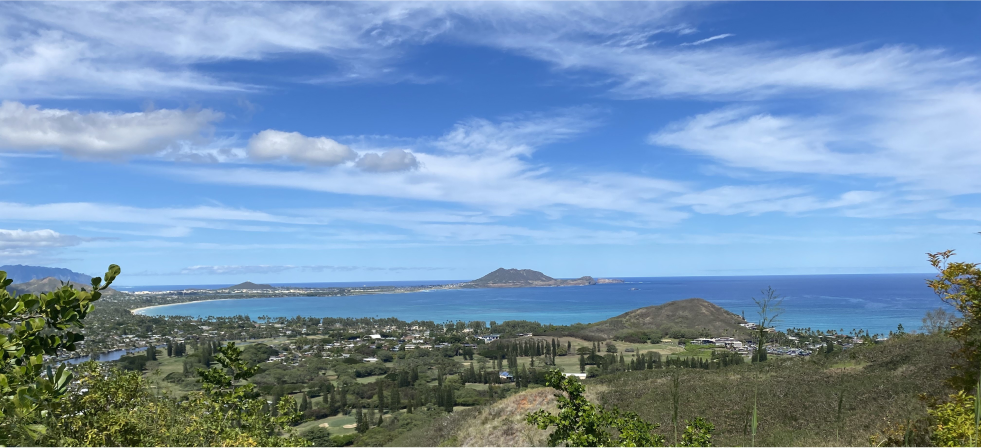
Photo by David Rojek
Some projects will require additional evaluation under other related laws and regulations. The lists below are not exhaustive. They are provided to make you aware of other laws which affect our program. Some of these laws apply regularly and some of them are rarely applicable.